7 Pests that Affect your Orange Trees: [Detection, Causes and Solutions]
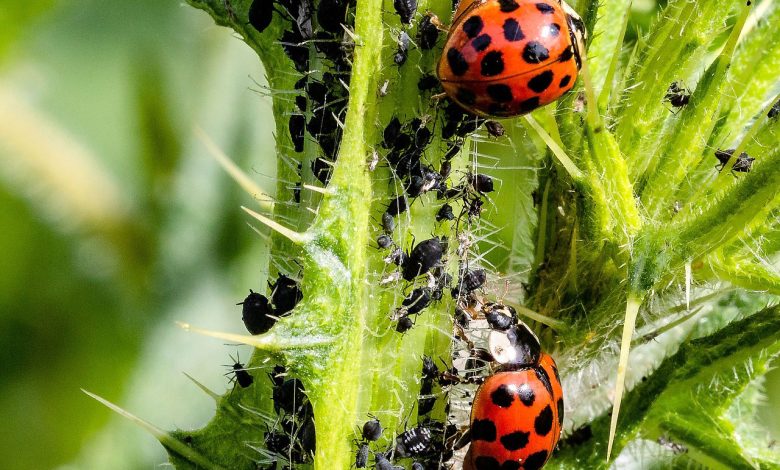
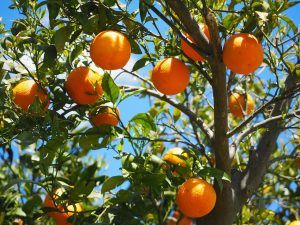 The orange tree is the best-known fruit tree of the citrus family, whose production is numerous in appropriate conditions.
The orange tree is the best-known fruit tree of the citrus family, whose production is numerous in appropriate conditions.
The orange, with an abundant juicy center, has become the ideal companion for breakfasts all over the world.
It has a strong structure and studies to generate hybrids have helped it to become much more resistant to attack by pests and diseases.
However, it is still not exempt from them and the best way we have to deal with them is by knowing all the details about each one.This includes: the most common pests and diseases, the causes for which they occur and the treatments that are possible to apply and that is exactly what we will talk about today.
What pests can affect orange trees?
thrips
It is one of the pests that most frequently affects crops. In the case of the orange tree, the negative effect is established in the fruit when it is in full development phase.
The main focal point is on the calyx (the top of the fruit), although in more advanced cases negative effects could be seen on the entire structure.
Thrips are frequent pests in all types of citrus and they keep living in the flowers of the tree without causing any noticeable damage.Its time of attack occurs after the fall of the petals and it is at that moment that greater caution must be taken when assessing the state of the plants.
The treatment will correspond with specific pesticides for this species , considering the appropriate moment to avoid damage to other microorganisms.
gummosis
 It is a disease characterized by the presence of a kind of gum around the trunk . But this is not the only symptom.
It is a disease characterized by the presence of a kind of gum around the trunk . But this is not the only symptom.
Gummosis also causes the formation of a dark colored triangle at the base of the trunk. It is not a deep condition but a kind of stain.
However, although the most obvious effects occur in the trunk, the reality is that the disease operates from the roots, spreading from the bottom up.
All this ends up causing serious damage to the structure of the orange tree, producing cracks in the trunk, defoliation and yellow leaves.Its most advanced stage is evidenced when all parts of the tree (including the fruits) exude gummosis.
To prevent the disease, it is very important to avoid waterlogging and plant the specimens in well-drained soil.But, when the tree is contaminated, the treatment will be to scrape the surface of the trunk and then cover it with a liquid fungicide.
This liquid fungicide will have to have a high copper content in its composition.
anthracnose
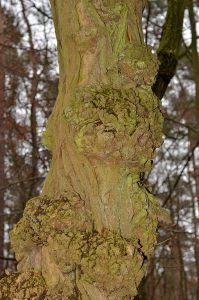 Anthracnose is evident in the fruits by producing pale spots on the shell structure.It is a disease of slow evolution but whose final result can be the rotting of the fruit.
Anthracnose is evident in the fruits by producing pale spots on the shell structure.It is a disease of slow evolution but whose final result can be the rotting of the fruit.
The action of anthracnose occurs, above all, on rainy days, when the ambient humidity is high and temperatures are rather low.
It is more common that the first fruits that are damaged are those that are in the weakest branches, later passing to the rest of the plant.
When carrying out a treatment, it is best to carry out preventive pruning before the arrival of the rains, as well as to eliminate the areas that are damaged .In the event that the problem is not solved in this way, it is best to act with chemical components.
brown rot
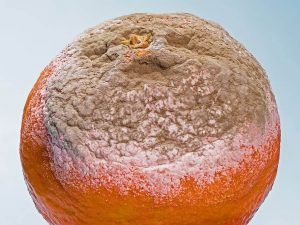 Brown rot is a noxious disease with rapid damage to plant structure. It is also known as citrus wash.
Brown rot is a noxious disease with rapid damage to plant structure. It is also known as citrus wash.
It is produced by the presence of a fungus of the phytophthora family.Its action goes directly to the roots, causing damage that alters the structure by creating gummy formations.
These formations, in turn, damage the base of the trunk with the presence of cankers.When the disease attacks, it is remarkable because the plant begins to present an evident defoliation that colors the central nerve of the leaves yellow.
In terms of prevention, it is important:
- Avoid injuries to the structure.
- Keep the tree in well-drained soil.
- Do not add decaying organic matter near the base of the trunk.
When treating the disease, a fungicide that acts on this type of fungus will be the most recommended.
White fly
Among the possible pests that usually attack the orange tree, the white fly is one of the most worrying.
This is because it is the gateway to a disease known as bold, while also attracting other types of pests, such as cochineal.
The main action is generated in the adult, which produces a kind of honeydew on the back of the leaf.A simple way to detect it is by observing the behavior of the ants on the tree because they are also attracted to the molasses.
Natural treatments include washing the plant with mild soap, as well as planting repellent plants in the surroundings (such as calendula).If the natural treatment is not enough, it is best to opt for an ecological insecticide.
aphids
Aphids represent a family of several species, finding at least four that are likely to damage orange crops.
Similar to the whitefly, aphids also produce a honeydew on the leaves that is caused by the suction of the sap that they carry out .
This also gives rise to the disease known as bold attack the plant.To prevent the attack of aphids it is very important to avoid unplanned injuries to the plant. That is, ensure gentle pruning and only the necessary ones .
Keeping crops in areas where there are natural enemies of aphids will be one of the most efficient preventive measures.However, in case the outbreak is immense and the damage to the crops is impossible to control, biological action is the most recommended.
In all cases, both the use of chemical and biological products must be very well controlled and only proceed with those approved by the competent bodies.
citrus miner
Citrus leafminer larvae feed by creating shallow tunnels, or mines, in the young leaves of citrus trees. The pest is most commonly found on citrus (oranges, tangerines, lemons, limes, grapefruit, and other varieties) and closely related plants (kumquat and calamondin).
Other leafminer-type pests (including citrus fruit and stem miner) attack weeds, ornamentals, and crop plants, but citrus leafminer is the only insect miner that usually attacks citrus leaves.
- How often and how to water my potted orange tree?
- How often and how to drip irrigate my orange tree?
- How to Fertilize Naranjo: [Components, Needs and Importance]
- How to Germinate Orange Seeds: [Time, Actions, Place and Steps]
- Potted Orange Tree Care: [Soil, Humidity, Pruning and Problems]
- Orange Tree Care: [Soil, Humidity, Pruning and Problems]
- Orange Tree Diseases: [Characteristics, Types, Detection and Treatment]
- Orange Tree Cuttings: [Grafts, Time, Rooting and Planting]
- Pruning the Orange Tree in a Pot: [Importance, Time, Tools, Considerations and Steps]
- Orange Tree Pruning: [Dates, Ways to Do It and Tools]
- Pruning a Sick Orange Tree: [Importance, Season, Tools, Considerations and Steps]
- Orange Tree Irrigation: [Needs, Frequency and Procedure]
- Most Famous and Delicious Orange Types and Varieties



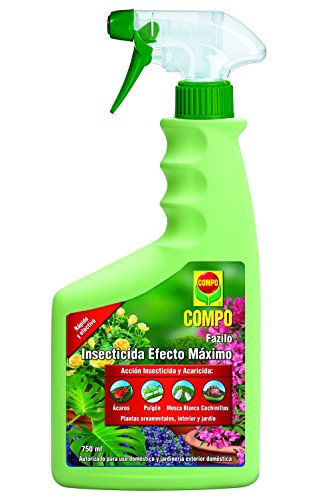


![Photo of Prune Cherry Trees: [Importance, Season, Tools, Considerations and Steps]](https://www.complete-gardening.com/wp-content/uploads/2022/08/prune-cherry-trees-importance-season-tools-considerations-and-steps-390x220.jpg)

![Photo of Ceibo: [Cultivation, Irrigation, Care, Pests and Diseases]](https://www.complete-gardening.com/wp-content/uploads/2022/08/ceibo-cultivation-irrigation-care-pests-and-diseases-390x220.jpg)
![Photo of Orchid Cuttings: [Grafts, Time, Rooting and Planting]](https://www.complete-gardening.com/wp-content/uploads/2022/08/orchid-cuttings-grafts-time-rooting-and-planting-336x220.jpg)